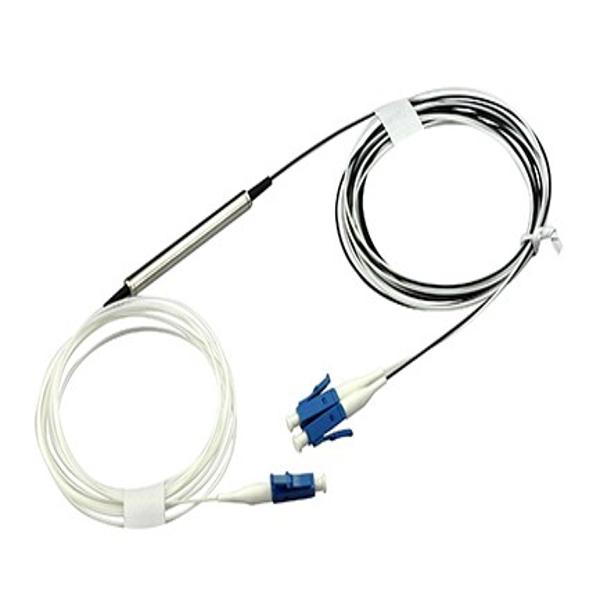
According to the Gartner Wearable Device Sales Forecast Report, global wearable electronic devices will sell more than 270 million units in 2016, up 18.4% compared to sales of 232 million units in 2015, and will generate $28.7 billion in revenue. .
VR and AR device shipments grew 10 times in 2016 to 1.4 million units
Gartner predicts that Headset shipments of Virtual Reality (VR) and Augmented Reality (AR) will explode, with shipments reaching 140 in 2016. Wantai, compared with 140,000 units in 2015, has grown 10 times, and shipments in 2017 will increase rapidly to 6.31 million units.
At this year's CES conference, VR is a hot topic this year. Virtual reality headsets such as HTC Vive, Oculus Rift, Sony PlayStation VR and Microsoft HoloLens have the opportunity to go public this year, said Gartner Research Director Brian Blau. This will help the growth of head-mounted devices at the beginning of shipments.
While head-mounted displays (HMDs) are an emerging market, Gartner predicts that 2016 will gradually become mainstream in consumer and enterprise applications. Brian Blau said that both consumers and businesses expect virtual reality head-mounted displays to be used in conjunction with audio-visual games and entertainment content, while filmmakers and sports leagues can use head-mounted displays to enrich traditional film or sports content. It will be able to enhance the consumer experience by creating interactive appeal, providing more personalized content for movies and sports events.
Gartner also predicts that head-mounted displays will grow 26% in enterprise applications in 2018, and companies will purchase head-mounted displays to provide employees with equipment for repair, inspection and maintenance. In addition, employees will use the head-mounted display to view work instructions and directions while performing tasks.
Although the future of head-mounted devices is very promising, Brian Blau also pointed out the current problem. He said that developing interfaces and interactive content of head-mounted devices is a big challenge. The current mainstream of software and images is still 2D. The design includes a flat screen and a touch interface, while the head-mounted device also requires new skills in Immersive Content.
Smart watches have strong growth momentum, and their acceptance will grow by 48% in 2017.
In 2016, the total revenue of global wearable electronic devices, $11.5 billion in revenue from smart watches, accounting for about 40% of overall revenue. Gartner estimates that global smart watches will sell more than 50 million in 2016, while smart watches have the potential to create the most revenue in all wearable devices, and their battalions will reach $17.5 billion in 2019.
According to Angela McIntyre, research director at Gartner, from 2015 to 2017, the acceptance of smart watches will increase by 48%, mainly because Apple has successfully promoted wearable devices as a lifestyle trend. In addition, Apple is one of the few manufacturers. Products that combine style and technology, such as Apple Watch, and consumers believe in the trend that Apple promotes.
In addition to Apple's sales of smart watches, there are several reasons for the increase in sales. One of them is that consumers prefer to receive notifications through smart watches. They often use mobile phones to view them. Consumers think that they use smart watches. It is convenient to receive notifications.
Angela McIntyre explained that with the development of smart watches, future smart watches will be able to interpret voice commands, control Internet of Things (IoT) devices, and pay for purchases through POS (Point of Sale).
Although the sales of smart watches are the most growing in wearable devices, they are still far below the sales of smart phones. Gartner predicts that in 2016, smart phones will be large in mature markets and emerging market countries. More than 374 million units are sold in cities, such as Hong Kong and Singapore.
DWDM - Dense WaveLength Division Multiplex
DWDM (Dense Wavelength Division Multiplexing) is the ability to combine a group of optical wavelengths with a single optical fiber for transmission. This is a laser technology used to increase bandwidth on existing fiber optic backbone networks. More precisely, this technology multiplexes the tight spectral spacing of a single fiber carrier in a specified optical fiber in order to take advantage of the achievable transmission performance (for example, to minimize dispersion or attenuation). In this way, under a given information transmission capacity, the total number of optical fibers required can be reduced.


Dense Wdm,Dense Splitter,Dense Wdm Splitter
Shenzhen GL-COM Technology CO.,LTD. , https://www.szglcom.com